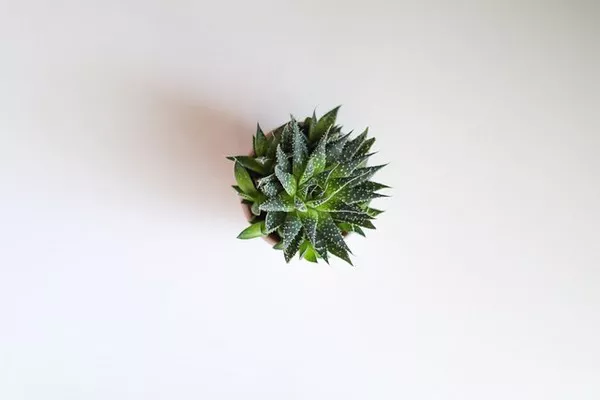Aloe vera, a succulent plant with numerous therapeutic properties, has been treasured for its healing benefits for centuries. Revered for its ability to soothe sunburns, moisturize skin, and promote overall well-being, aloe vera has become a staple in many households and skincare products. As an indoor and outdoor plant, understanding the longevity of aloe vera plants is essential for those seeking to cultivate and care for these versatile greens. In this article, we explore the lifespan of aloe vera plants, factors influencing their longevity, and best practices for nurturing these remarkable succulents.
Aloe Vera Plant Characteristics
Aloe vera (Aloe barbadensis miller) is a member of the Asphodelaceae family and is characterized by its thick, fleshy, and lance-shaped leaves that contain a gel-like substance rich in vitamins, minerals, and antioxidants. Native to the Arabian Peninsula, aloe vera thrives in arid climates and is renowned for its adaptability to various environmental conditions.
Lifespan of Aloe Vera Plants
The lifespan of aloe vera plants can vary significantly based on several factors, including care, growing conditions, and genetic diversity. On average, a well-cared-for aloe vera plant can live anywhere from 5 to 25 years, though some exceptional specimens have been known to survive for several decades under optimal conditions.
Factors Influencing Longevity
Several factors influence the longevity of aloe vera plants. These include:
1. Environmental Conditions
Aloe vera plants are well-suited for growing in dry and warm climates. They thrive in bright sunlight, making them popular choices for sunny windowsills or outdoor gardens. Proper sunlight exposure and well-draining soil are crucial for their health and longevity. In regions with cold winters or excessive moisture, aloe vera may suffer from frost damage or root rot, potentially shortening its lifespan.
2. Watering and Drainage
Aloe vera is a succulent, meaning it stores water in its leaves and stems. Overwatering can be detrimental to these plants, as excessive moisture can lead to root rot. Adequate drainage is essential to prevent waterlogged soil. Watering aloe vera sparingly, allowing the soil to dry between watering sessions, will help maintain its health and longevity.
3. Pot Size and Root Space
The size of the pot directly impacts the health and growth of an aloe vera plant. As the plant matures, it may outgrow its container, resulting in restricted root space. Transferring the plant to a larger pot or repotting it with fresh soil encourages healthy root development and supports its long-term well-being.
4. Propagation
Aloe vera can be propagated through offshoots, also known as “pups,” that sprout around the base of the main plant. These offshoots can be carefully removed and replanted, effectively extending the life of the original plant.
5. Disease and Pests
Like all living organisms, aloe vera is susceptible to diseases and pests. Root rot, caused by overwatering, and pests like mealybugs and aphids can compromise the plant’s health. Promptly addressing any signs of disease or pest infestation will aid in preserving the plant’s longevity.
Pruning and Maintenance
Proper pruning and maintenance play a crucial role in the health and longevity of aloe vera plants. Removing dead or damaged leaves promotes new growth and prevents potential diseases. Regular inspection of the plant for signs of pests or diseases ensures that any issues are addressed promptly.
Reproduction and Continuity
The ability of aloe vera to produce offshoots or pups creates a cycle of continuity. As the main plant matures and possibly nears the end of its natural lifespan, the offspring it produces can be transplanted and cared for, ensuring the legacy of the original plant lives on.
The Role of Genetic Diversity
Genetic diversity also contributes to the longevity of aloe vera plants. Different aloe vera cultivars may exhibit variations in growth patterns, disease resistance, and adaptability to specific environmental conditions. Selecting healthy and well-adapted aloe vera varieties can enhance their chances of a longer life.
Conclusion
Aloe vera plants, with their myriad health benefits and adaptability, have earned a prominent place in homes, gardens, and skincare routines around the world. Understanding the factors that influence their longevity is essential for providing optimal care and ensuring their continued well-being.
With proper environmental conditions, careful watering, and regular maintenance, aloe vera plants can thrive and live for many years. The cycle of propagation and the contribution of genetic diversity further contribute to their resilience and adaptability.
Nurturing an aloe vera plant allows us to connect with the beauty of nature and harness its healing properties. As we care for these remarkable succulents, we can appreciate their longevity, witnessing firsthand the enduring grace and vitality of these green wonders.


